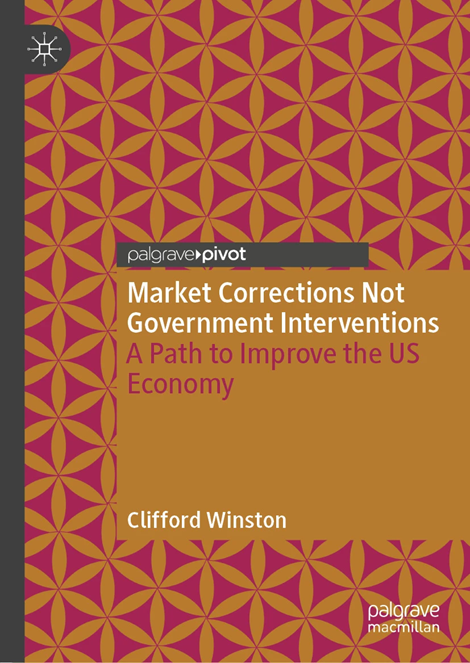Growth has decelerated by about half a percentage point since Liberation Day.
Clifford Winston: “Market Corrections Not Government Interventions”
That’s the title of a new book (Palgrave MacMillan) by Clifford Winston, Senior Nonresident Fellow in Economic Studies at Brookings.
Under Biden “…prices rose much faster than earnings”
EJ Antoni, formerly nominated to be BLS Commissioner, says so at 5:50 on this FoxBusiness clip. True? Kind of. Maybe. Sort of. Well, not quite. Let’s take a look at a time series.
Prospects for Computer Equipment Investment
A large portion of GDP growth is accounted for (in a mechanical sense) by capital investment related to AI. What are the prospects for continued spending momentum from this sector, given recent developments in markets?
Gaps: Above Potential GDP, or Below the “Natural Rate”
The view using CBO measures:
Waiting for Data: Schedule and Alternative Business Cycle Indicators
Tired of scanning the internet for data pertaining to data releases in this new world? Pawel Skrzypczynski has an extremely useful website compiling latest estimates of data releases, updated continuously. Here’s today’s table:
Confidence Collapse
Conference Board Confidence Index at 88.7 in November, below Bloomberg consensus at 93.5, which was itself below (revised) October reading of 95.5. The November drop is about one standard deviation. Recall, U.Michigan Sentiment was also below consensus.
Secretary of Treasury Bessent: No Recession in 2026
That’s today on Meet the Press. I agree that it doesn’t look like we’re in a recession now, given the limited amount of current economic data we have; nonetheless what little employment data we have is not that encouraging.
Raise the Yuan!
My title for Setser-Sobel in OMFIF, more soberly entitled “It’s time for China to let the renminbi appreciate sharply”:
